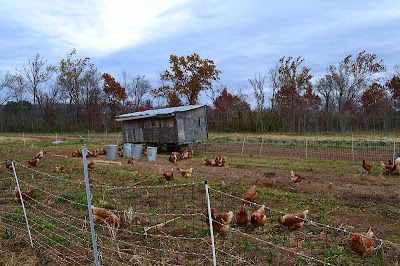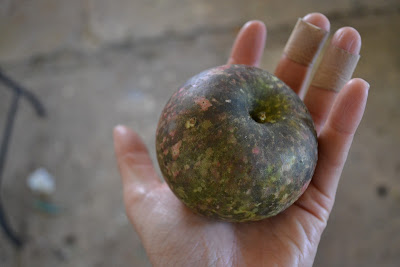There is no denying that it is more difficult than ever to be truly aware of what we are eating. Reading nutrition labels can be an exercise in frustration, to say the least.
It doesn't help that the food industry takes labels that were originally designed to help consumers make more conscious, informed decisions about their food, and uses them to tart up less than desirable products. Terms like "grass-fed" or "cage free" are often peddled by those who are more interested in getting their slice of the growing organic sector than in actually selling grass-fed or cage free foods, which take considerably more money, effort and time to grow/raise than their conventional counterparts.*
A major part of the problem is that these terms, by and large, are not backed up by any government regulations. And even if the USDA or FDA have defined a term, there are usually some gaping loopholes.
Take, for example, the word "natural". According to Marion Nestle, the FDA has a definition dating back to 1993. According to the FDA, in order to be considered "natural" the food must not contain added color, artificial flavors, or synthetic substances. As Nestle points out, this means that products like high fructose corn syrup are considered "natural".
Take this as an example. A few weeks ago, I found this "natural" product in the aisle of an organic grocery store in Washington DC:
Turn the bottle over, and what did I see?
Hate to break it to you, guys, but real maple syrup comes out of trees. With organic corn syrup as their first ingredient, I fail to see how this product is "the natural choice", as they claim on the front of the bottle.
This is but one example of a company using such a term in a less-than-appropriate way. So while the folks over at Shady Maple Farms might put a horse-drawn sled cavorting through a snowy maple grove on their bottle, and while the FDA can claim that they are following the letter of the law, I very much question whether their use "natural" is really all that accurate. Not to mention, I'd love to see the "farm" that makes anything with corn syrup as its base. Somehow, I doubt it looks anything like the bucolic scene displayed above.
This is why reading nutrition information is so important, instead of blindly taking everything that's printed on the label at face value.
That being said, Animal Welfare Approved (or AWA) has put out a comprehensive food labeling guide called Food Labels for Dummies, which is available on their website to download for free. Having a good grasp on what food labels and terms you're likely to see, and whether they really mean what they say, is an important first step to understanding exactly what it is we're eating.
So what does all this mean? It means that today, it is harder than ever to be a conscious consumer - if you're buying from grocery stores, that is. In my opinion, the easiest and most conscious way to be sure you're eating food that was raised the way you want it - whether that's organically, free range, "all natural", or what have you - is to grow it yourself or to purchase your food directly from the farmer, either at a farmers market or by purchasing a CSA share.
That doesn't mean that it makes you a terrible person to buy food from a grocery store. It just takes a lot more work to find out where your food came from.
*It's not dissimilar to the fate of the term "gourmet", which once upon a time meant that something was of exceptionally high quality. Now? Not so much.






















































